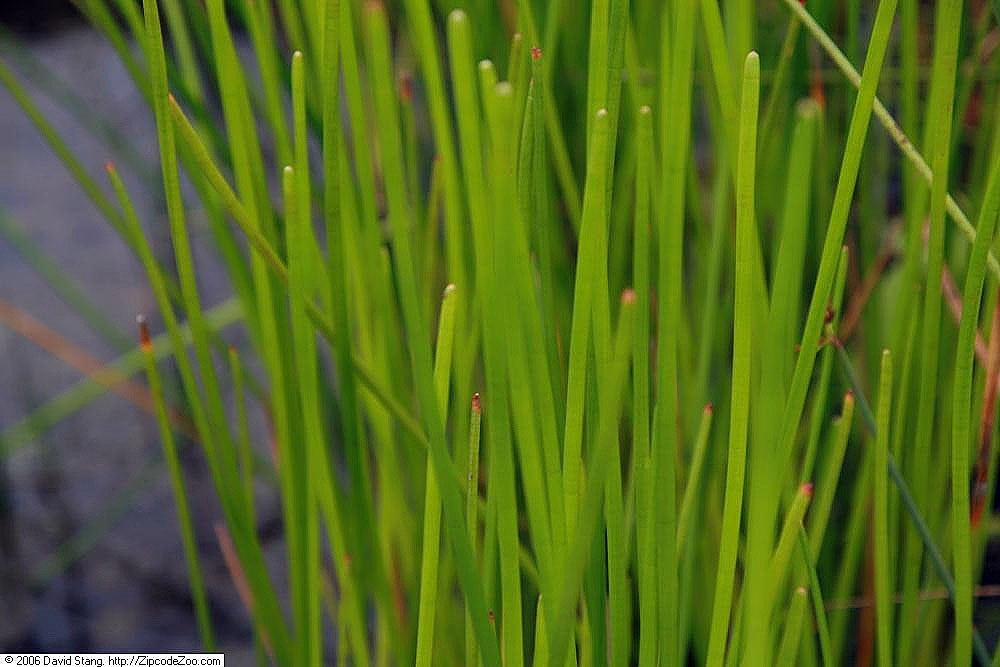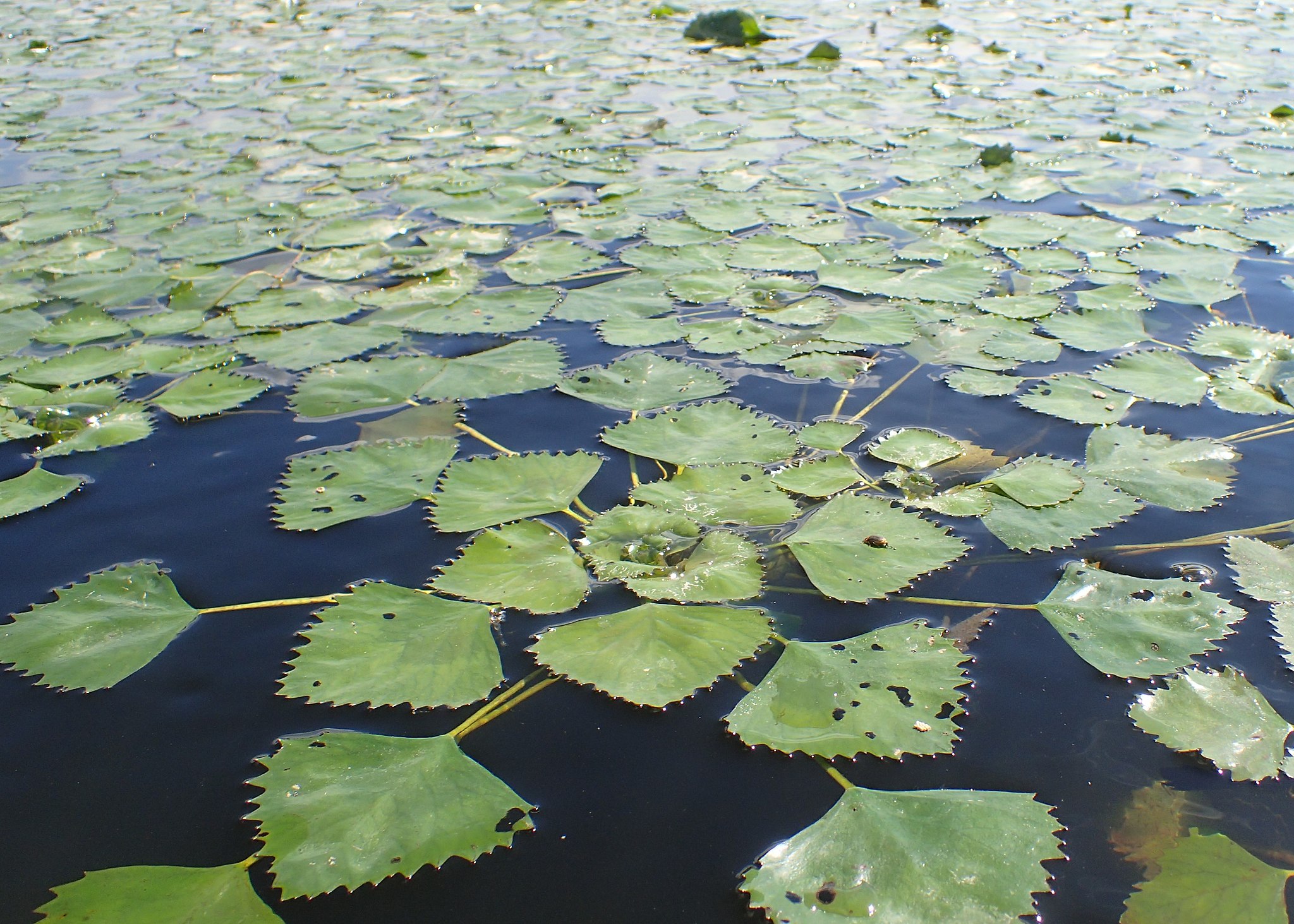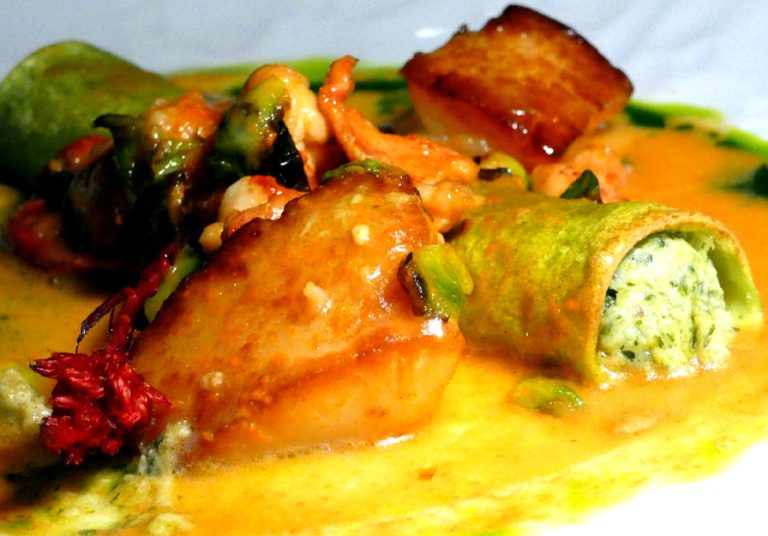What is a nutty fruit — shaped like a bat — that’s both auspicious and delicious? It’s a water caltrop (菱角, ling jiao), and it means different things to different folks. Some can’t get enough of it, while others can’t do enough to get rid of it… Are we missing something here?
The water caltrop — also called bat nut, devil pod, and water chestnut — is the seed of a floating aquatic plant native to temperate climates in Eurasia, Africa and India. There are three extant species of water caltrop: Trapa bicornis, Trapa natans, and Trapa rossica, all of which produce edible seeds encased in hard, oddly shaped pods. Trapa natans produces a pod with four sharp points, while Trapa bicornis has two, giving it a remarkable resemblance to a miniature bat.
Although they share the same common name as the water chestnuts we know and love from Chinese food, those crunchy discs come from the edible corm of a species of sedge (Eleocharis dulcis). Cooked water caltrops have a texture and flavor more similar to roasted sweet chestnut (Castanea sativa), a true nut.

Water caltrops are annual plants composed of up to 15 leafy rosettes. Bladders built into the leaf petioles enable them to float on the water’s surface. The rosettes flower during the summer and form up to 20 seeds encased in irregularly shaped green pods. These pods can get up to two inches wide and become dark purplish-black as they mature. If not collected, they drop to the bottom of the lake or pond at the end of the season, with the potential to produce new plants. The seeds can remain viable for up to 12 years.
Asia, Europe and India have enjoyed water caltrops as food and medicine for thousands of years. In much of Europe they have become scarce and endangered due not only to habitat loss, but also from over-harvesting. In Asia, they have been cultivated for 3000 years and are widely eaten as a seasonal treat. They are highly nutritious and are used in traditional Chinese medicine to purify the body.
Success
You are now signed up for our newsletter
Success
Check your email to complete sign up
Water caltrops are believed to have been introduced to North America in 1874; but, partly because we lack the culture for eating water caltrops here, they spread without check and quickly became an invasive species along the East Coast of the US. We also lack a natural pest for this plant, and our native animals do not feed on it.

Without people, animals or insects consuming the plant, one acre of water caltrops can quickly become a hundred acres. In the case of Lake Champlain, millions of dollars were spent on control efforts that spanned decades to tackle a 300 acre infestation.
Traditional uses of water caltrop
Water caltrops have long been used in various cultures for both food and medicine. They are one of the featured traditional foods during the Mid-Autumn Festival, an annual Asian holiday focused on family and tradition, much like our Thanksgiving. The bat-shaped Trapa bicornis, are popular because the word for bat — 蝙蝠 bianfu — contains the homonym fu (富), meaning rich, lucky, or abundant. They are not only eaten as a snack, but also used as decoration.
Called “Singhara” in its native India, Trapa natans is a special food allowed to be eaten during religious fasting (Vrata) or pilgrimages — when grains are prohibited, this starchy fruit provides necessary carbohydrates. Also considered lucky here, it often accompanies prayers for health and happiness. Singhara are mentioned in ancient Ayurvedic texts, indicating their medicinal value.
When water caltrops were abundant in Europe, they were a popular roasted street food. In Italy, they were a key ingredient in traditional risotto. In the late 19th century, as their presence was expanding in the United States, water caltrops all but disappeared in Europe.
Medicinal applications
Traditional Chinese medicine values water caltrops as a neutral, cleansing remedy, good for both drunkenness and fever.
The seed and pod have antibacterial and antioxidant components helpful for fighting infections and cancer.
Ayurveda employs water caltrop as a general tonic for vitality, and specifically for the treatment of bronchitis, coughs, diarrhea, hemorrhages, infertility, impotence, swelling, thyroid, and urinary disorders. A paste can be applied topically to treat eczema.
A study in India indicated that water caltrop may also be effective against diabetes.
Eating water caltrop
Although many sources indicate that one can eat raw water caltrop, this is not recommended. For one thing, consuming raw water caltrops comes with the risk of contracting fasciolopsiasis, a parasitic infection spread between snail hosts and various aquatic plants. This is mainly a concern in areas where humans and animals live in close quarters.
The plant is also known to absorb toxins, including heavy metals, which can concentrate in the seed. They are considered safe for consumption after boiling in salted water for 25 minutes (in the pod). The shells are notoriously hard — even after cooking — and require a nutcracker for opening.
The boiled pods can also be roasted, making cracking somewhat easier; or the extracted, starchy seeds can be fried, preserved in honey, or dried and ground into flour.
Water caltrops are a good source of nutrition, offering important minerals like calcium, iron, phosphorus and zinc, as well as the essential trace minerals iodine and manganese. Their high fiber content supports optimal digestive function, and they provide healthy carbs, fats and proteins, as well as B and C vitamins.

Given the abundance of water caltrops and their nutritive and medicinal value, it might seem obvious that we should be making greater use of them. If people recognized them as free food, it is unlikely they would be disrupting our ecosystem to any great extent, nor would we need to spend piles of money on control measures.
So get your hands on some water caltrops — preferably from plants growing in a clean body of water — experience what they have to offer, and spread the word! After all, when life gives you lemons, you don’t hire a lemon exterminator, do you?















